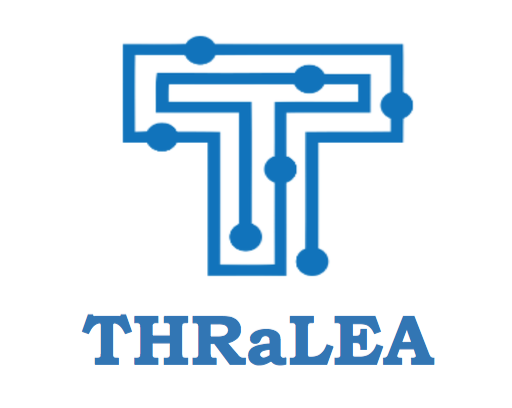Understanding Prime Cost in Business Operations
What is Prime Cost?
Prime cost refers to the total direct costs incurred in the production of a product or service. This includes the cost of direct materials, like raw materials or components, and direct labor, which is the cost of the workforce directly involved in the production process. Essentially, prime cost represents the expenses directly tied to the manufacturing or creation of a product, excluding indirect costs such as overhead and administrative expenses. It’s a key metric for businesses to understand and manage their production costs effectively.
Prime cost is a fundamental concept in the realm of business accounting, playing a pivotal role in assessing the true cost of producing goods or services. This metric provides a comprehensive view of the direct expenses associated with manufacturing, shedding light on the core elements that contribute to the creation of a product.
At its core, prime cost encompasses two primary components: direct materials and direct labor. Direct materials involve the tangible components used in the production process, such as raw materials or essential components. Calculating the direct labor cost involves evaluating the wages and benefits associated with the workforce directly involved in the manufacturing or service provision.
The formula for prime cost is relatively straightforward:
Prime Cost = Direct Materials + Direct Labor.
By isolating these direct costs, businesses gain valuable insights into the actual expenditures tied directly to their production processes. This understanding is essential for effective cost management, pricing strategies, and overall financial decision-making.
Accurate tracking of direct material costs involves monitoring the expenses related to the procurement and use of raw materials. This ensures that businesses can make informed decisions about sourcing, inventory management, and cost-effective production methods.
Direct labor costs, on the other hand, encompass the wages and benefits paid to the workers directly involved in the manufacturing process. Businesses must consider not only hourly wages but also additional costs such as overtime, employee benefits, and payroll taxes to derive a comprehensive direct labor cost.
The significance of prime cost extends beyond financial reporting—it plays a crucial role in determining the selling price of a product. Businesses need to strike a balance between covering their costs and remaining competitive in the market. Setting a price that not only covers prime cost but also allows for a reasonable profit margin is vital for long-term sustainability.
Furthermore, monitoring prime cost over time provides valuable data for assessing operational efficiency. Fluctuations in direct material or labor costs may signal areas for improvement in the supply chain, production processes, or workforce management.
In conclusion, understanding and effectively managing prime cost are essential for businesses seeking financial stability and success. By delving into the direct expenses associated with production, companies can make informed decisions, optimize processes, and establish competitive pricing strategies in the dynamic world of commerce.
